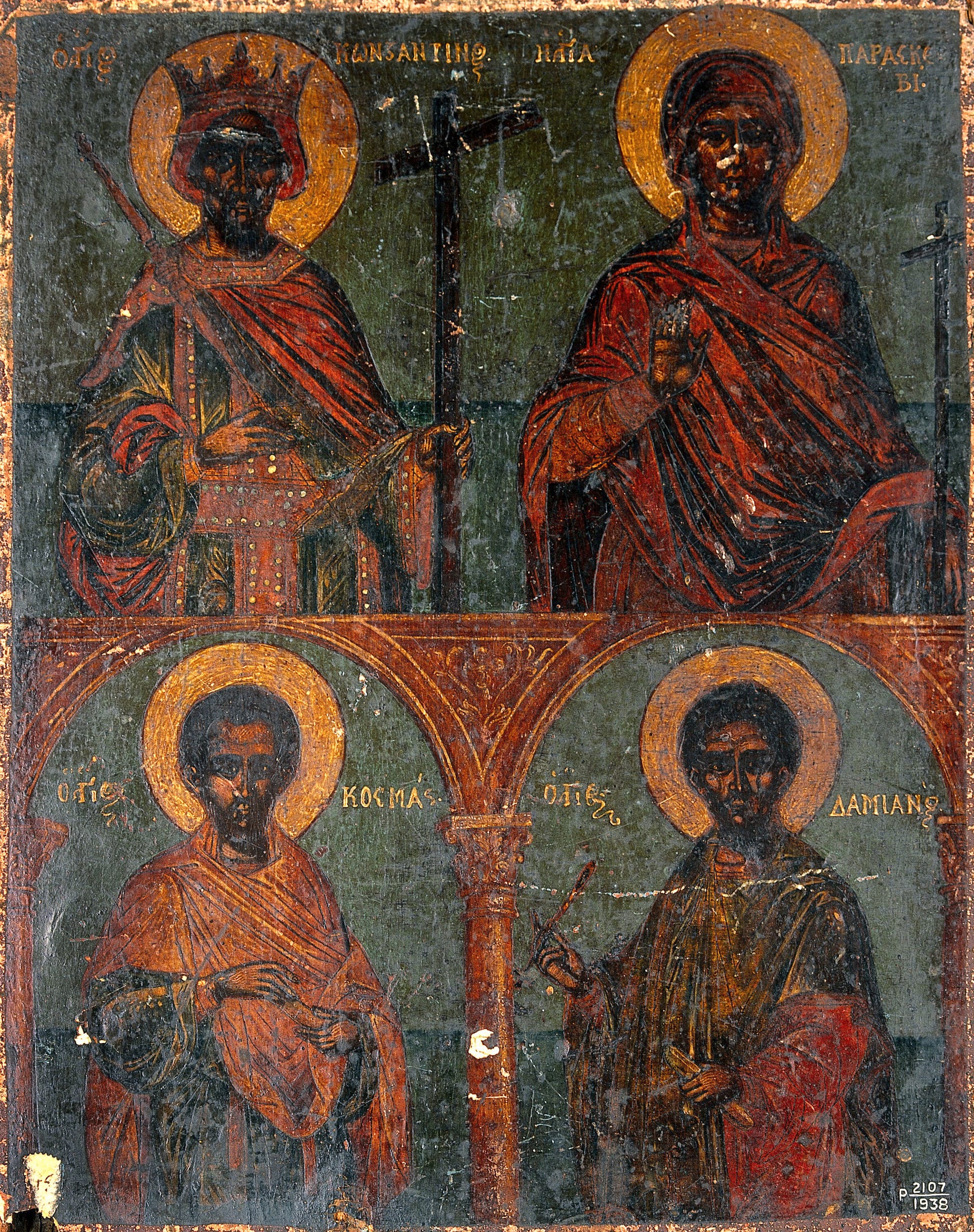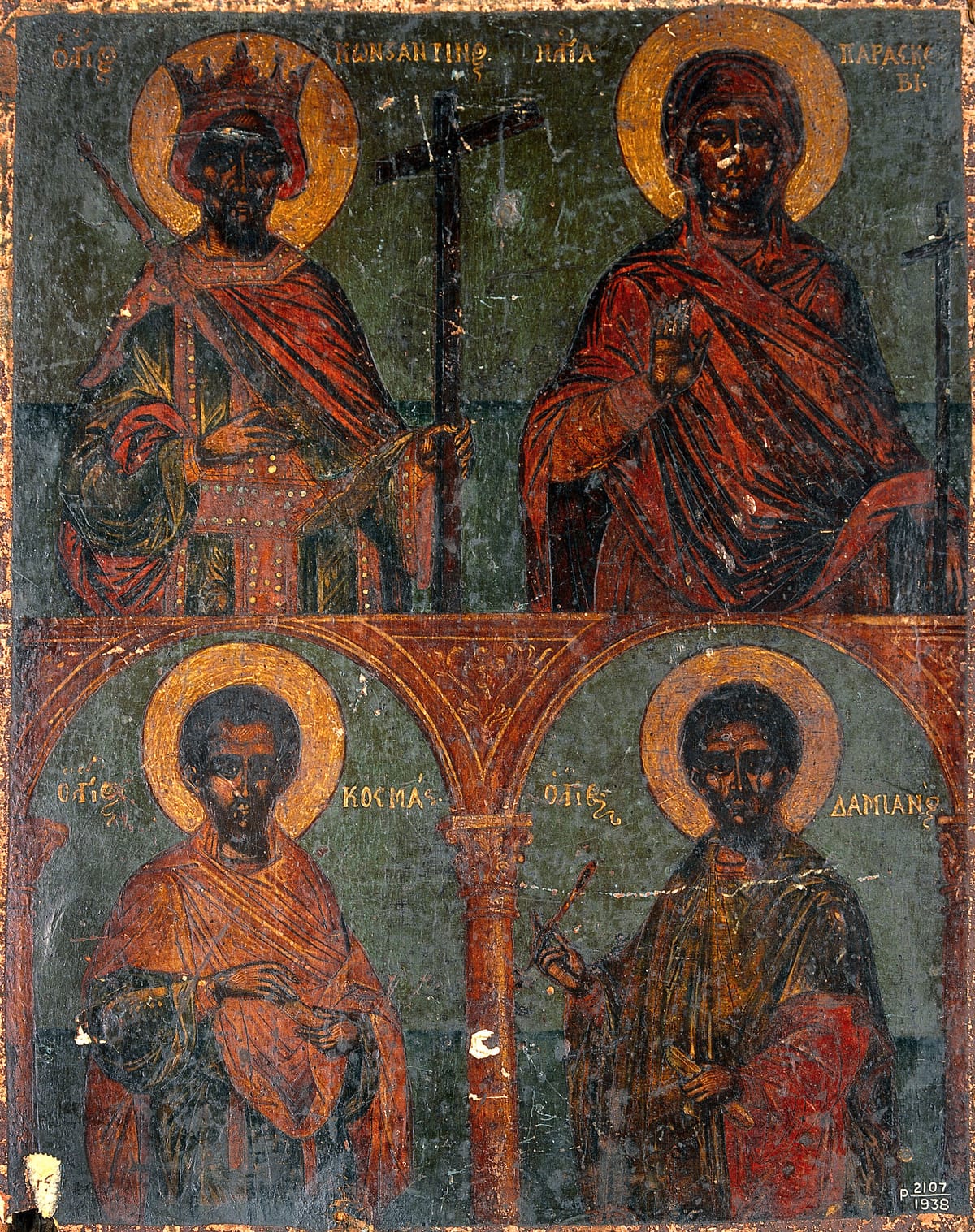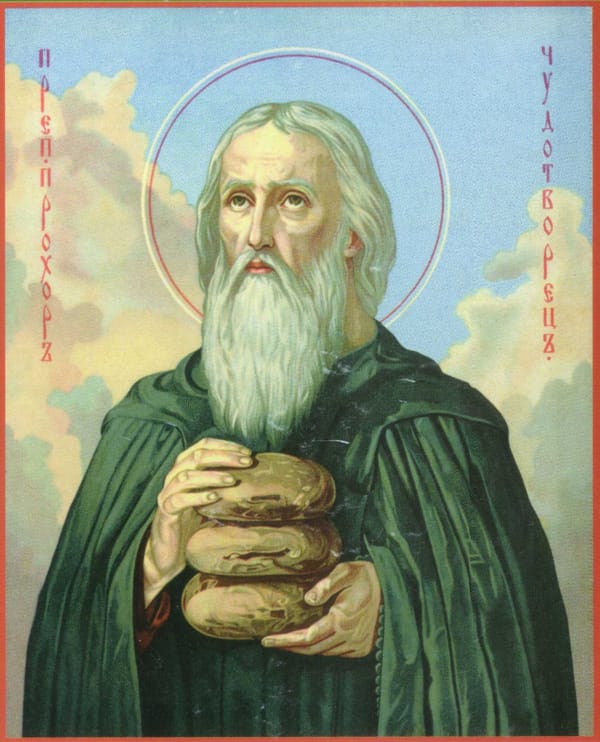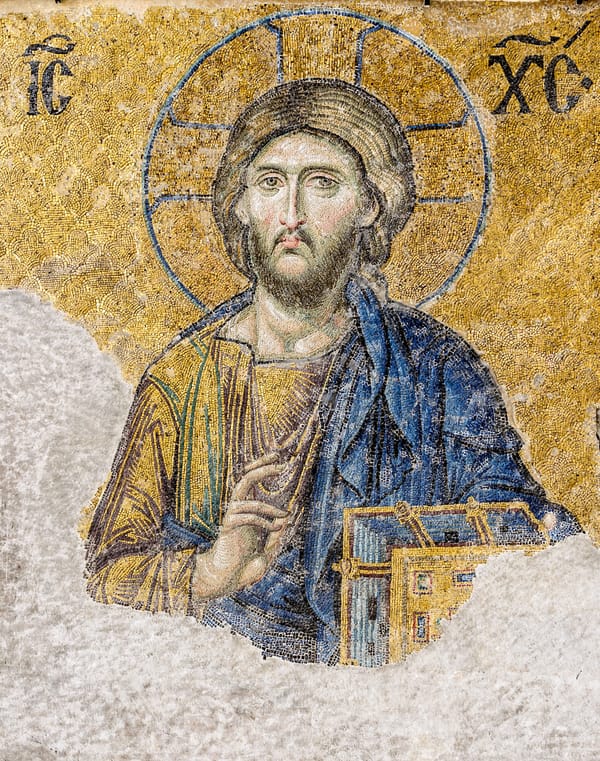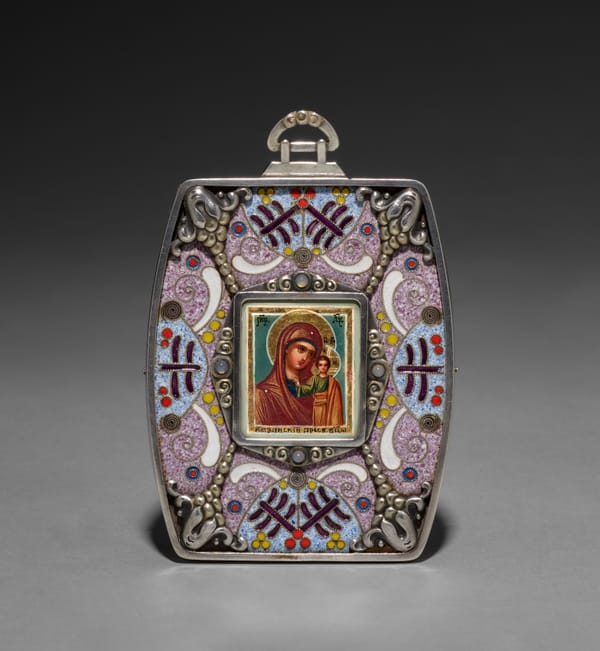About the Image:
The image you've provided is a representation of traditional Eastern Orthodox iconography. It portrays Saint Constantine, Saint Paraskeva, Saint Cosmas, and Saint Damian, all significant figures in Christian hagiography. The technique used here is tempera painting, a method where pigments are mixed with a medium like egg yolk, a binder that was prevalent before the invention of oil paints.
The style of the painting, with its flat gold background, lack of perspective, and stylized figures, is characteristic of Byzantine art, which flourished from the 5th century onwards, though it saw significant evolution over the centuries. The specific attributes of the saints, such as their halos, vestments, and the objects they hold, are indicative of their holy status and their particular stories or roles within the Christian tradition.
Given the stylistic elements, this icon could likely date from the Middle Ages, possibly between the 10th and 15th centuries. Byzantine and Post-Byzantine art from this period was heavily centered on religious iconography and served as a didactic tool as well as a focus for veneration.
The icon's origin would most probably be from an area within the Byzantine cultural sphere, which could include the Eastern Mediterranean, the Balkans, Russia, or parts of the Near East, although without specific historical context or provenance, it is difficult to pinpoint the exact country.
For a precise date and more detailed information about its origin, a specialist in Byzantine art would likely consider the specific iconographic details, the style of the saints' garments, the calligraphy of the inscriptions, and the painting technique to narrow down the artwork's provenance and date.
